U.S. Department of Transportation
Federal Highway Administration
1200 New Jersey Avenue, SE
Washington, DC 20590
202-366-4000
Federal Highway Administration Research and Technology
Coordinating, Developing, and Delivering Highway Transportation Innovations
 |
| This report is an archived publication and may contain dated technical, contact, and link information |
|
Publication Number: FHWA-RD-98-085 |
Falling Weight Deflectometers (FWDs) are devices that measure the deflection response of structures due to a load generated by the arrest of a falling mass. Data collected by FWDs is generally used to calculate the stiffness or stiffness-related parameters of pavements or pavement layers. The figure below is a generalized schematic of an FWD.
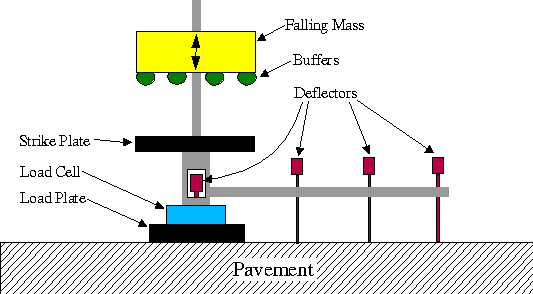
Definitions:
When a pavement is modeled as a multi-layer elastic system, the process of calculating layer stiffnesses based on FWD data is known as backcalculation. Data from FWDs is also commonly used to calculate the effective structural number of a pavement (SNeff) according to the AASHTO 1993 Pavement Design Guide.
The images below show the major types of FWDs available in the United States.
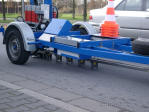

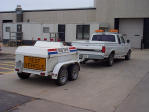
Sometimes called deflection transducers, geophones, accelerometers, seismometers or just plain sensors, deflectors are used to measure pavement deflections. Actually there are two basic kinds of deflectors in current use -- geophones and force-balance seismometers.
The image below shows a geophone of the type used by LTPP in various stages of disassembly.
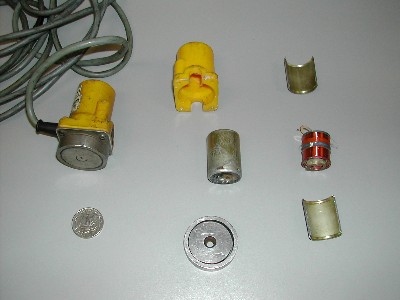
What would my load cell look like if I took it apart?
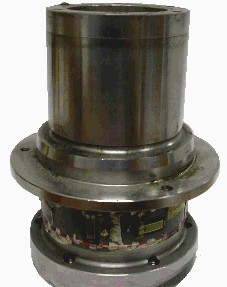
Does LTPP have an FWD temperature sensor calibration procedure?
Although early versions of the LTPP FWD Manual did include a procedure for temperature sensor calibration, that procedure was found to be problematic, and has since been replaced with a calibration verification procedure. If the senor is found to be out of calibration, it is returned to the manufacturer for repair or replacement
Does LTPP have an FWD test procedure for unbound surfaces?
LTPP Protocol P59 covers FWD testing of unbound surfaces during construction. Although it is not available electronically, it can be obtained in hard copy from LTPP customer support (telephone: (865) 481-2967, fax (865) 481-8555, or email: ltppinfo@fhwa.dot.gov).
What does the "P" stand for in LTPP Protocol P##?
The LTPP test protocol numbering scheme dates back to when LTPP was part of SHRP. "P" stands for "Pavements", just as the SuperPave protocols originally had a "A##" scheme, with the "A" standing for "Asphalt". The material type covered by an LTPP protocol can be determined from the "##" portion of the identifier as follows:
| Protocol | Material Type |
|---|---|
| P01-P10 | Asphaltic Concrete |
| P11-P20 | Extracted Aggregate |
| P21-P30 | Asphalt Cement |
| P31-P40 | Treated Base/Subbase |
| P41-P50 | Granular Base/Subbase |
| P51-P60 | Subgrade |
| P61-P70 | Portland Cement Concrete |
Dynamic modulus test procedures are not applicable to field cores because the specimen length required is greater than the thickness of typical pavement layers.
How can I ask a question of an expert in the field of FWDs?
The FWD User's Group maintains a very active mailing list which includes most experts in the field, both within the United States, and internationally. You can subscribe by sending an e-mail to FWD@vd.dk.